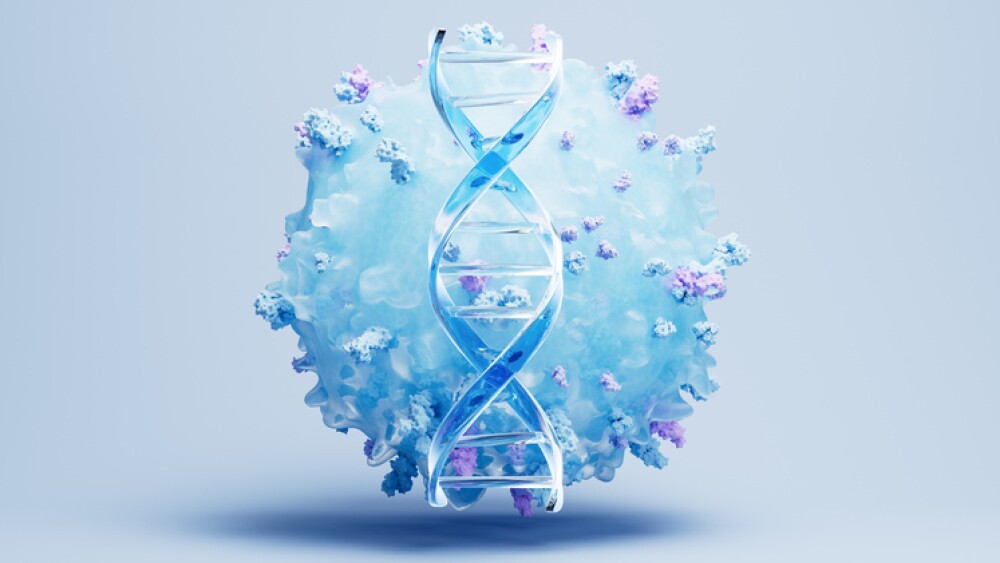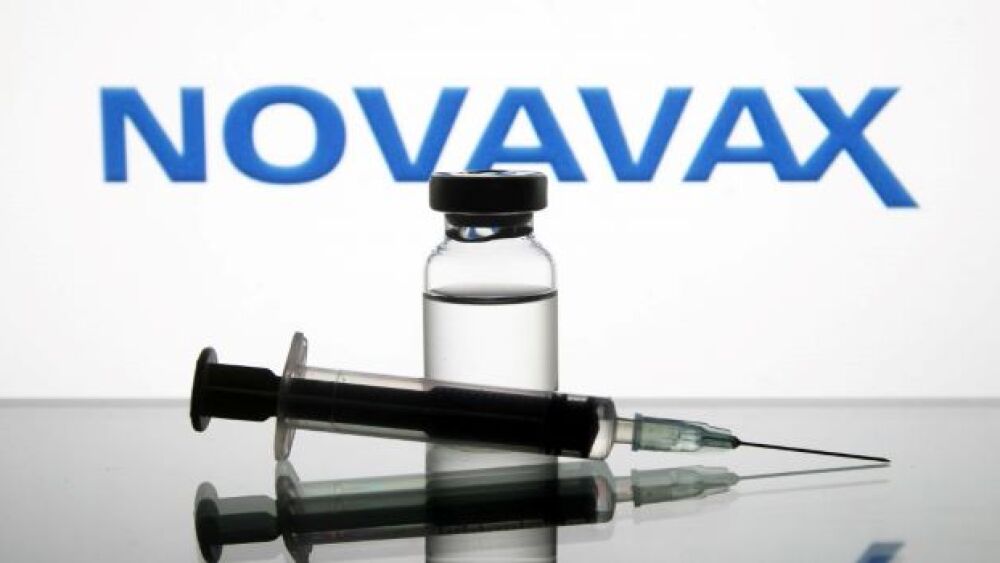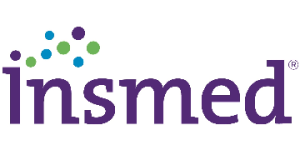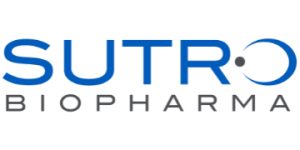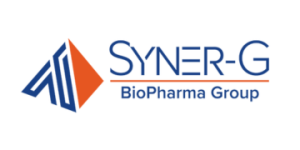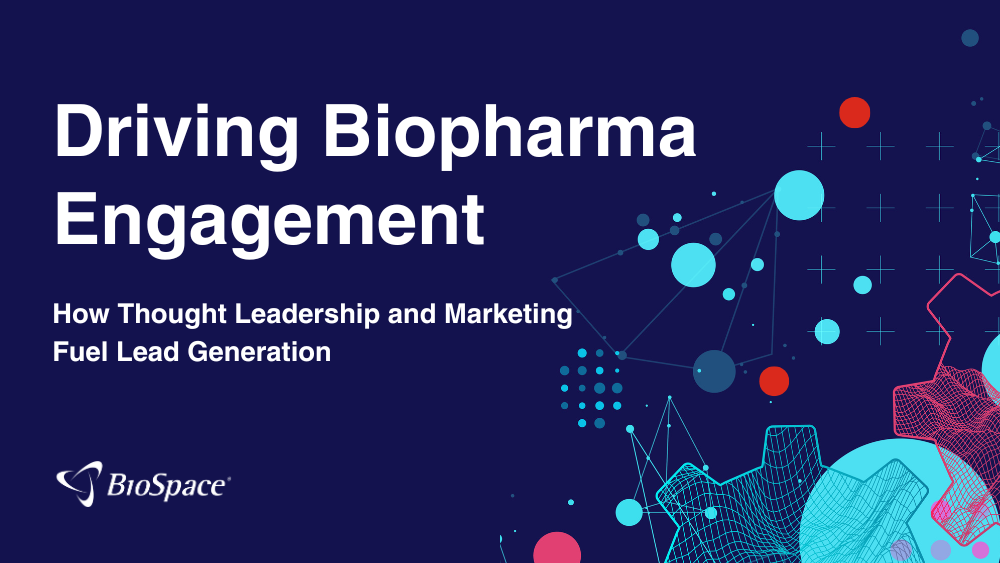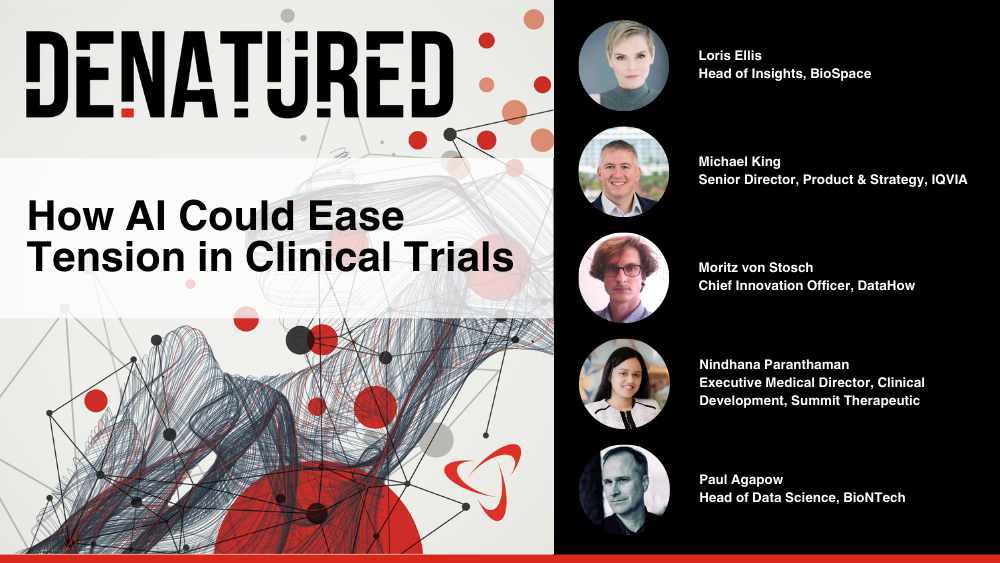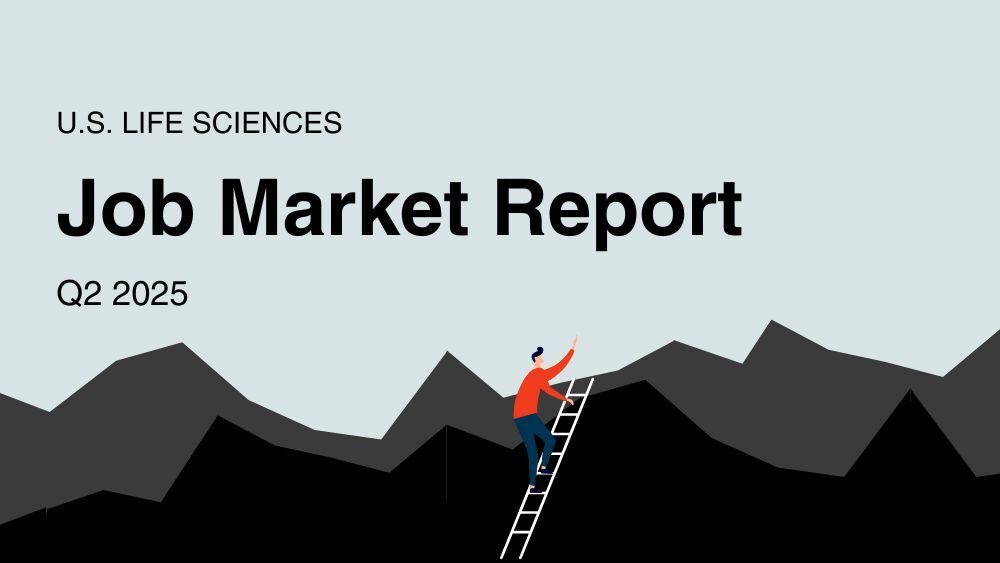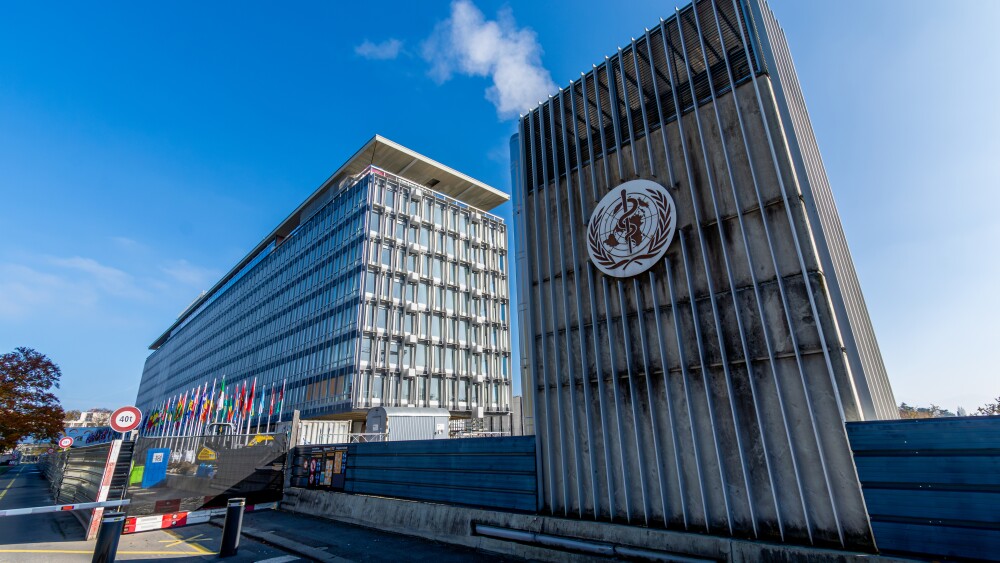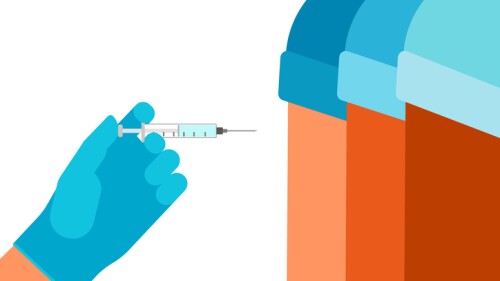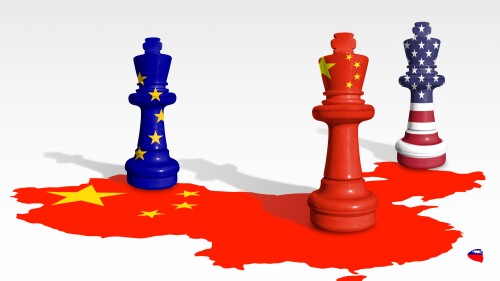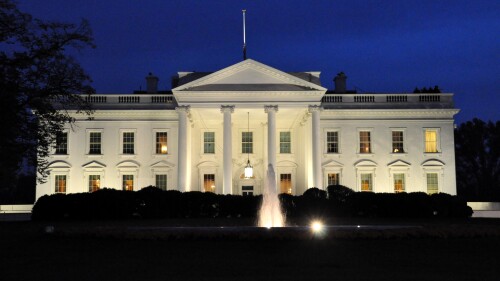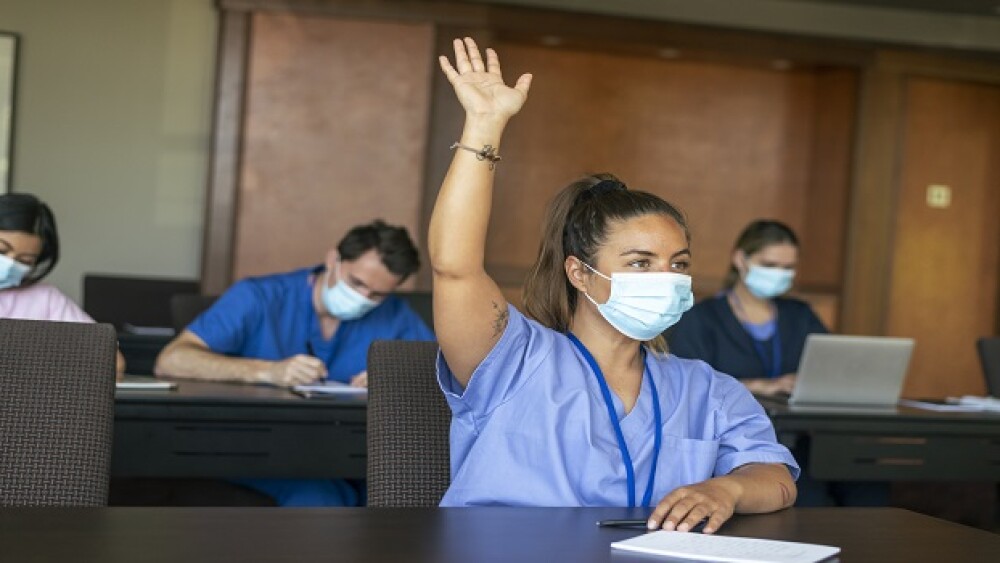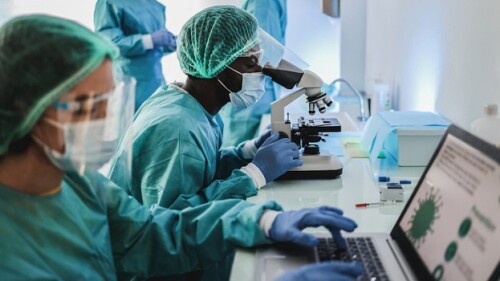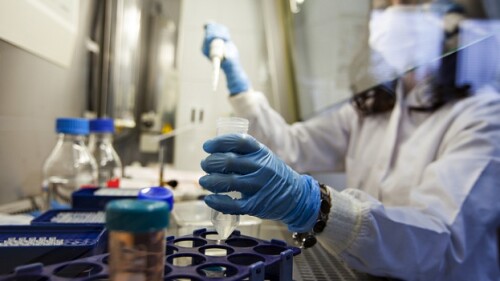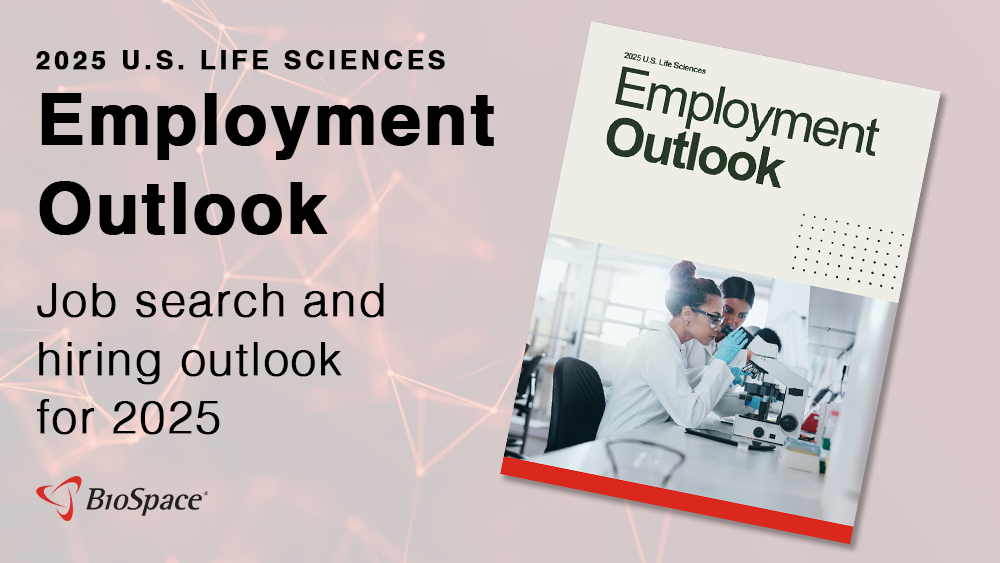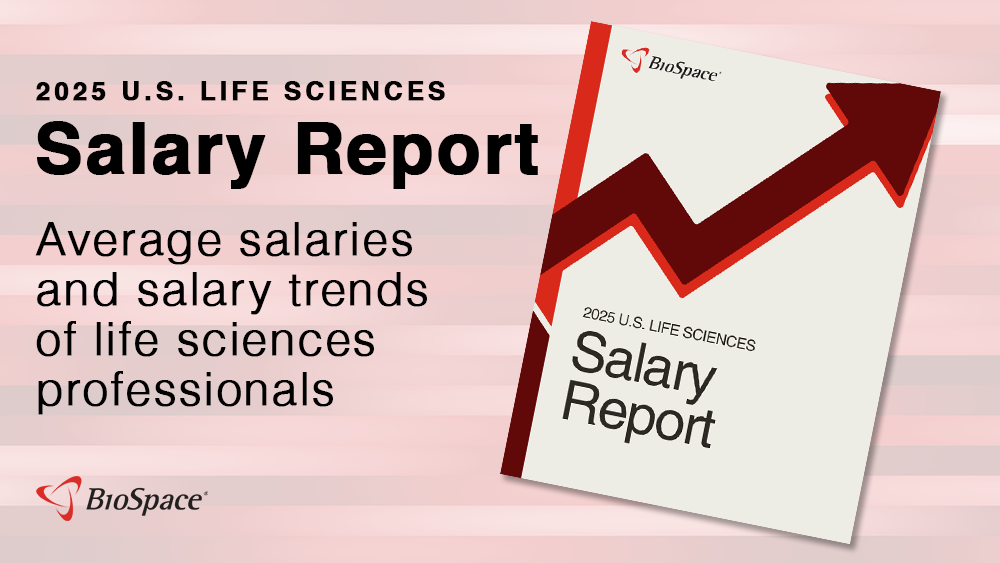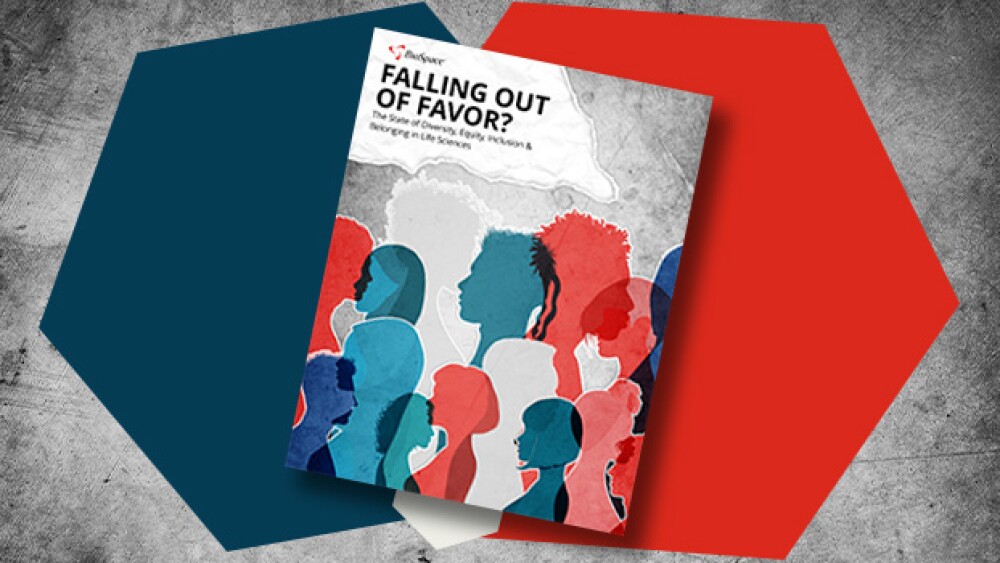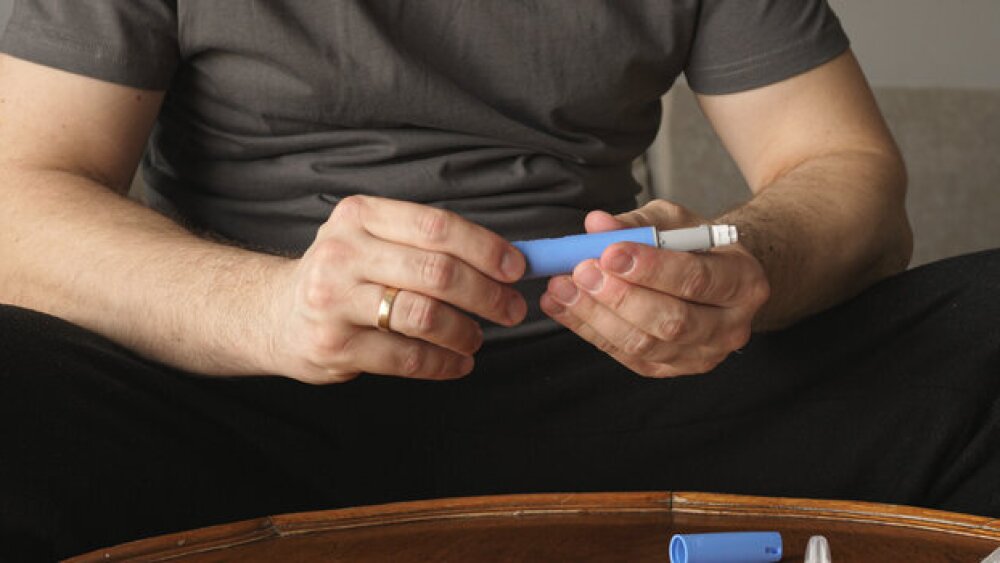Brazilian authorities said the death was unlikely to have been caused by Elevidys and was instead more in line with severe infection exacerbated by immunosuppression.
Despite the failure of its Recognify-partnered inidascamine, Jefferies analysts do not expect a definitively negative stock impact on atai, given the company’s promising psychedelic pipeline.
The Commissioner’s National Priority Vouchers aim to offer accelerated pathways to drugs that meet certain criteria, perhaps including a low price-tag. But the policy is vaguely defined and was announced without public input, going against the FDA’s own published practices, experts say.
The collaboration focuses on ‘molecular gates,’ a class of molecules that the startup company Gate Bioscience says can stop pathogenic proteins from leaving the cell.
The European Union’s health regulatory agency did not endorse approving Elevidys for ambulatory patients with Duchenne muscular dystrophy.
The strategic reprioritization comes after the company hit two major hurdles in the past year, including a clinical hold for an investigational gene therapy and an FDA rejection for its lead asset.
FEATURED STORIES
Having established success in cancer, biopharma is now looking to leverage CAR T therapies against a new target, autoimmune disorders, with several early- to mid-stage readouts expected this year.
Facing declining valuations and funding challenges, public biotechs like bluebird bio are going private to restructure, reduce regulatory burdens and refocus on long-term growth.
Johnson & Johnson has been fighting thousands of lawsuits over its now-discontinued talc products for 16 years. A pending judge’s ruling could finally put the issue to bed once and for all.
As we reflect on five years of COVID-19, it’s clear that the impacts are still unfolding. The life sciences—and we as individuals—will never be the same again.
While drug developers work to mitigate the side effects associated with GLP-1–based obesity drugs, recent studies reveal that myriad variables are causing patients to stop treatment.
As sales of its COVID vaccine plummet, Novavax is looking ahead toward other novel vaccines, brought to market with the help of the company’s pharma partners—something it opted not to do as the pandemic swept the globe in 2020.
FROM BIOSPACE INSIGHTS
Establishing trust through thought leadership is no longer optional in today’s cautious biopharma market. Learn how strategic insights and targeted outreach can turn awareness into high-converting leads.
LATEST PODCASTS
J&J beat expectations this week to launch the Q3 earnings season; a study about children treated with bluebird bio’s Skysona comes at a bad time for the company; Sen. Warren calls for scrutiny of Novo’s purchase of Catalent; and other news.
In the third episode of our mini series on artificial intelligence, Lori and guests continue their exploratory discussion on AI and the opportunity in patient lives.
Cell and gene therapy investment rebounds; WuXi Biologics and other companies named in BIOSECURE Act mull options; Bayer, J&J and Pfizer’s recent layoffs; updates from the weight loss space.
Job Trends
Eli Lilly and Company announced detailed results from SYNERGY-NASH, a phase 2 study of 190 patients, with or without type 2 diabetes, to evaluate the investigational use of tirzepatide in adults with biopsy-proven metabolic dysfunction-associated steatohepatitis with stage 2 or 3 fibrosis.
Subscribe to Genepool
Subscribe to BioSpace’s flagship publication including top headlines, special editions and life sciences’ most important breaking news
SPECIAL EDITIONS
BioSpace did a deep dive into biopharma female executives who navigated difficult markets to lead their companies to high-value exits.
BioSpace data show biopharma professionals faced increased competition for fewer employment opportunities during the second quarter of 2025, with increased pressure from further layoffs.
BioSpace did a deep dive into executive pay, examining the highest compensation packages, pay ratios and golden parachutes—what a CEO would get paid to leave.
DEALS
-
The acquisition will give BioNTech full ownership of an investigational bispecific antibody targeting the PD-L1/VEGF-A pathways, a hot area in oncology that could potentially replace standard checkpoint inhibitors for cancer treatment.
-
Novo Holdings’ acquisition of Catalent has ignited concerns from industry stakeholders, who fear that the consolidation could limit competition, but there is also the possibility that the deal could represent an opportunity for smaller-scale CDMOs to find new partners.
-
With $70 million upfront and more than $1.8 billion on the line, Roche will gain access to Flare’s drug discovery engine to bolster its oncology pipeline.
-
With Novo Holdings’ $16.5 billion buyout of Catalent being reviewed by regulators, what work the contract drug manufacturer may or may not be performing for Eli Lilly remains a point of contention.
-
In a deal worth up to $285 million initially for the lead program, Novo Nordisk will gain access to Ascendis’ TransCon technology platform in an effort to find novel GLP-1 candidates with reduced dosing frequency.
WEIGHT LOSS
-
The data suggest the high dose nearly closes the efficacy gap with Zepbound.
-
JPM25 is in full swing as several pharma powerhouses—including Merck, Lilly and Amgen—detail their strategies for growth in the coming year.
-
The updated guidance, which was largely driven by lower-than-anticipated sales of GLP-1 blockbusters Mounjaro and Zepbound, sent Eli Lilly’s shares cratering by as much as 8% Tuesday, even as the company forecasted robust 2025 revenue.
-
Biopharma executives were busy Monday, striking high-value deals and providing updates on cancer, obesity and vaccine pipelines.
-
Obesity continues to grab attention at the J.P. Morgan Healthcare Conference in San Francisco, with both Pfizer and Kailera Therapeutics outlining their plans in the space moving forward.
POLICY
-
In an internal memo, the World Health Organization signaled its support for anti-obesity drugs like Wegovy and Zepbound, which the agency decided against listing in 2023, the last time the Essential Medicines list was updated.
-
The new policy, revealed by the Department of Health and Human Services on Wednesday, would make vaccines “less available and less affordable,” according to vaccine expert Paul Offit. It could also further complicate the picture for companies like Novavax.
-
When it comes to vaccination, the COVID-19 pandemic divided American society. President Donald Trump and his new Health and Human Services secretary are bringing down the hammer. What happens when there is no middle ground?
-
Policy uncertainties are impacting biopharma dealmaking from continent to continent, with companies being asked to walk a tightrope on their relations with China.
-
Nevertheless, Albert Bourla has been lobbying the U.S. government—as high as President Donald Trump himself—to skip the pharmaceutical industry tariffs, which Trump has threatened, in part as a way to shore up U.S. national security.
Find out everything you need to know about research and development, including the skills it requires and what you should do if you’re ready to make the transition into R&D.
At the foundation of every clinical trial are the professionals who ensure its successful execution. Read on to find out more about how to know if clinical research is right for you.
Q1 is the time when many employers are actively recruiting new talent. Because it takes an average of 60 days to fill a job opening, Q4 might be the best time to apply for jobs in the life sciences.
Being laid off from your job can be difficult and confusing. To help you in your job search, we’ve explained how to address a layoff in your cover letter to help you land your dream job.
If you want to maximize your career earnings, it pays to consider which cities are the most affordable. Here are the top five most affordable cities for biopharma in the U.S.
A cover letter is an important part of any job application, but for those in the life sciences it is especially important. Find tips for writing a scientist cover letter as well as an outline and examples in our guide.
HOTBEDS
REPORTS
In this Employment Outlook report, BioSpace explores current workforce sentiment, job activity trends and the prospective job and hiring outlook for 2025, particularly as it compares to the previous year.
BioSpace’s third report on diversity, equity, inclusion and belonging in life sciences examines dramatic shifts in attitude around diversity initiatives.
CANCER
-
The new formulation of Keytruda, currently under FDA review, is sparking conflict with Halozyme, which makes enzymes that convert intravenous drugs into injectable versions.
-
At the heart of the deal is the drug candidate dordaviprone, which is months away from a regulatory verdict for its use in H3 K27M-mutated diffuse glioma.
-
Pfizer reacts to Donald Trump’s tariff threats on big pharma, another regulatory meeting is canceled under RFK Jr., AbbVie and Eli Lilly strike mid-sized deals in obesity and molecular glues, priority review vouchers set to take a hit and immuno-oncology matures.
-
Merck’s Keytruda holds on to the top spot while AbbVie’s Humira—once the world’s top-selling drug—continues to cede its market share to biosimilar competitors.
-
The approval for the first-line treatment of esophageal squamous cell carcinoma comes shortly after a label expansion for the drug in gastric and gastroesophageal cancers as BeiGene also pushes forward a pipeline of novel cancer therapies.
NEUROSCIENCE
-
Computational research conducted by scientists from Washington University in St. Louis shows that GLP-1 agonists can have mental and cognitive health benefits but may also harm the kidneys and pancreas.
-
Biogen’s effort to buy Sage reveals its “desire to expand its pipeline at a discount,” according to analysts from BMO Capital Markets.
-
As the year gets underway, analysts and biotech executives highlight cell therapy’s pivot from oncology to autoimmune diseases, a continued appetite for next-generation obesity drugs and an increased focus on neuromuscular, kidney and cardiovascular diseases.
-
Boehringer Ingelheim’s trio of late-stage schizophrenia failures on Thursday came a day after the Department of Health and Human Services hit back on the pharma’s legal challenge to the IRA’s drug price negotiation program.
-
AbbVie and Gilead are going back to their roots and leaning on their established areas of expertise to set themselves up for sustainable success in 2025.
CELL AND GENE THERAPY
-
In a Type B meeting, the FDA signified that it will allow uniQure to use a natural history control, the composite Unified Huntington’s Disease Rating Scale, and neurofilament light chain levels to support the accelerated approval of its gene therapy AMT-130.
-
Anito-cel has shown no signs of delayed neurotoxicity at around 9 months of follow-up, hinting at a safety profile that could set it apart from J&J and Legend’s Carvykti.
-
Vertex unveiled long-term durability data for Casgevy, while Beam presented Phase I/II findings for its investigational base editor BEAM-101, building up to a BLA by late 2026.
-
Not developing potency assays and gaining knowledge about MOAs early in the drug development process not only can break ATMP success but can cause costs and delays that lead to company closures.
-
The payment scheme will tie gene therapy payments to improvements in health outcomes—and could potentially boost the uptake of these sickle cell disease treatments.










